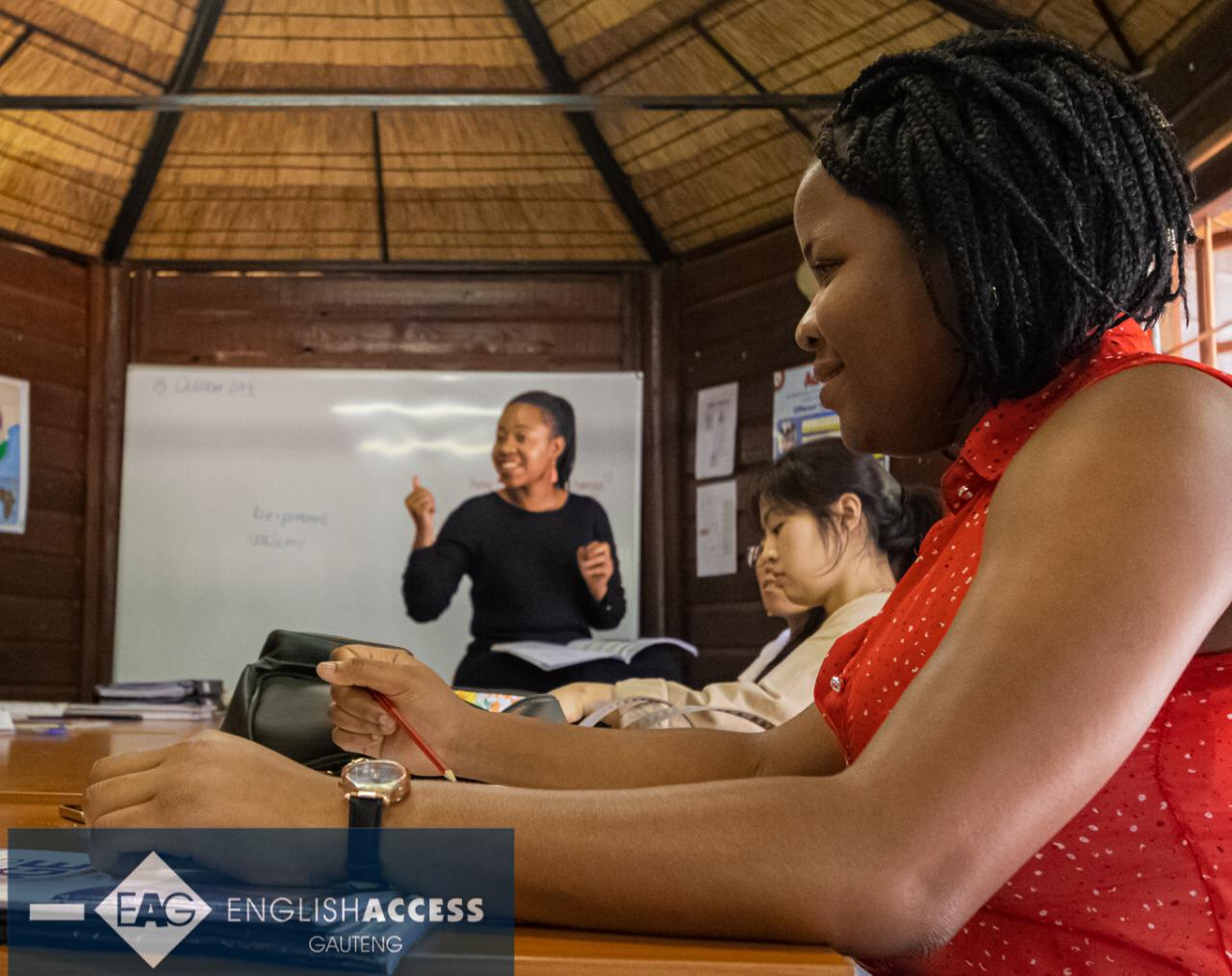
Kickstarting your career TEFL teaching career can be a confusing plight, especially when you are unsure of what your preferences are as a new teacher.. One of the harder decisions to make when starting your career as an English teacher is whether you should work with adults or with younger learners. It also has an impact on whether you choose to work at a Kindergarten, a public school, a private school or even a university. Teaching either adult or younger learners require slightly different approaches, yet, the essence of facilitating a successful lesson remains the same. It is important to know that every teacher is different, and we generally gravitate towards what we like, be higher or lower levels; and younger or older learners.
Teaching kids can be a lot of fun; regardless of the fact that children can be direct, it often feels safer for a new TEFL teacher. One of the biggest differences is that younger learners require a lot more stimulation, meaning that the activities have to change more frequently. When working with kindergarten age groups, it is ideal to change the activity every 10 to 15 minutes to accommodate the waning attention span of this group. Teachers also have to ensure that classroom activities are interactive, allow for more physical movement and uses more images when designing worksheets in order to stimulate the young minds.
Working with adults can be just as much fun if you apply similar techniques when choosing activities for your lesson plans. The good thing is that adult learners are able to focus for longer periods of time, so activities should change after 20 or 30 minutes in order to offer a fair amount of variation. It is encouraged to incorporate peer learning activities by encouraging pair and group discussions, role plays and regular feedback sessions in the lesson design. Debates or team challenges are great for keeping the competitive minds enticed in lessons. Don’t be afraid to throw a ball or balloon as part of an activity as you find that adults enjoy being involved just as much as younger ones do. In essence, adults are big kids, and also need to be stimulated in order to capture their interest in your lesson.
Making the decision to work with younger or older learners is also dependant on whether the new teacher has a stronger academic or corporate background, wishing to impart some of their expertise in a specific field. Regardless of the age group, new teachers work best when starting at beginner levels, gradually working their way up to those who are nearer to proficiency in the language. This approach also builds confidence in the teacher, and with time the teaching level and preferred age group becomes clearer for the new teacher.
More importantly, using a great warmer or lead in activity contributes to a much stronger delivery of your lesson plan. To ensure that you have delivered a well rounded lesson, do a quick check to see if you have incorporated the four language skills, namely; reading, writing, speaking and listening to ensure a balanced development of the language skills for your students and this approach can be graded to cater for both young or adult learners. Teachers eventually gravitate towards what they like most and this will come with trying you hand at working with both children or adult learners.
